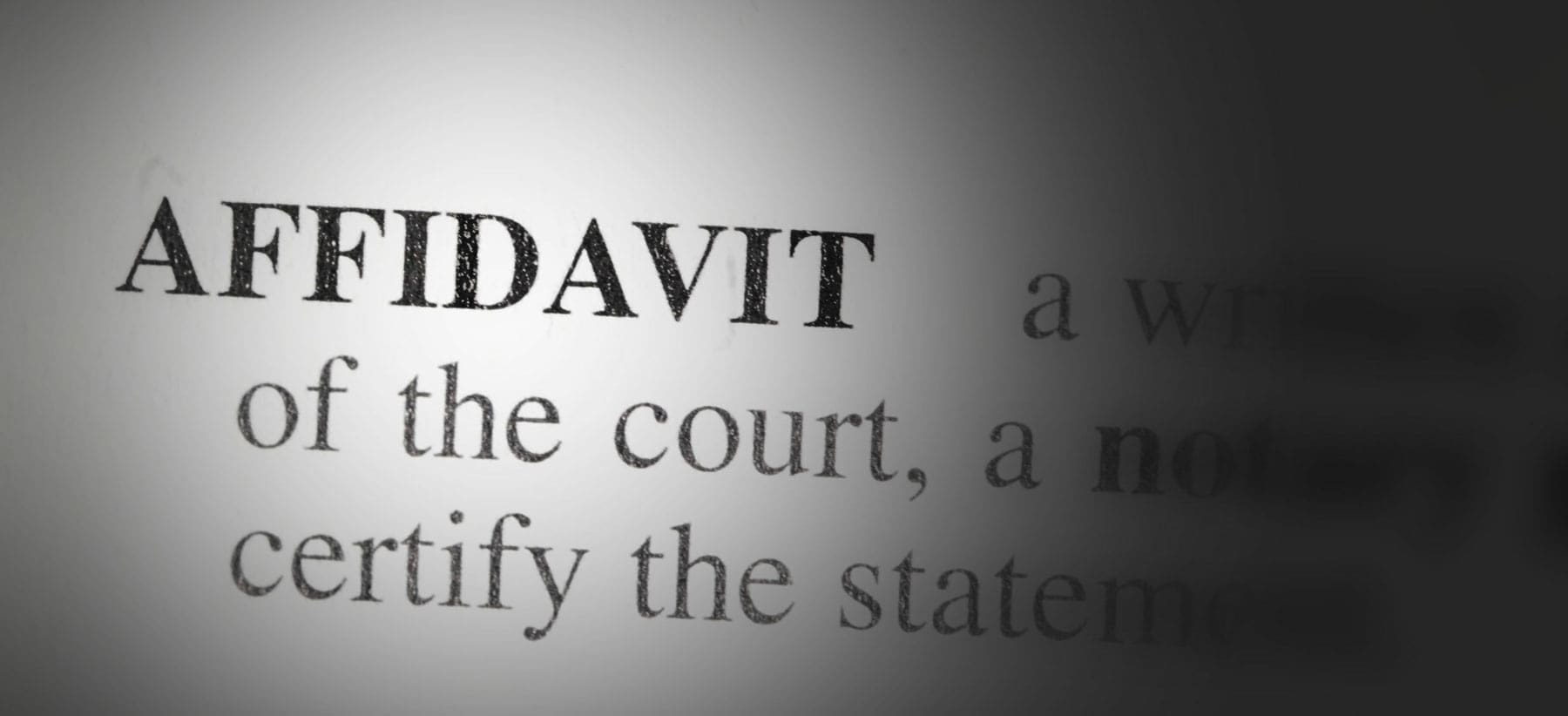Filing a Counter Affidavit when Answering a Debt Collection Lawsuit

A counter affidavit is a legal document that provides your side of the story in response to the allegations made in a lawsuit. It’s your first impression to the court and a big opportunity to present facts and evidence that support your defense and contest the claims made by the creditor or debt collector. The counter affidavit can be sworn before a notary or under a federal statute, 28 U.S.C § 1746.
Why File a Counter Affidavit? Helps me win or settle the case.
- Strengthens Your Defense: Filing a counter affidavit allows you to formally show the court you dispute the claims made against you. I always pluck out false statement from the collection lawsuit and add them to the Affidavit. I use the collector’s own documents to not just about deny the claims but also about presenting a factual basis for my defense so the court can clearly see my side of things.
- Challenges the Plaintiff’s Evidence: In debt collection lawsuits, the plaintiff (typically a creditor or debt collector) often relies on minimal documentation to prove their case. By filing a counter affidavit, you challenge the authenticity of the plaintiff’s evidence, forcing them to prove that they have the right to sue you for the debt in question. It is an attack on the Burden of Proof that is a “burden” on the company suing you to provide better proof. The counter affidavit points out the weakness in the collector’s case.
- Prevents Default Judgment: If you do not respond to a lawsuit, the court can grant a default judgment in favor of the plaintiff, meaning you automatically lose the case. In some states, you have to file a counter affidavit along with an answer in collection cases that refutes or responds to the collector’s affidavit, or you automatically lose the case with a default judgment or at a motion for summary judgment.
- Sets the Stage for Discovery: A counter affidavit can also lay the groundwork for every stage of the litigation including the discovery process, where each party can request additional evidence or proof of claim from the other side. The right discovery questions settle cases. It all comes from your counter affidavit which is your cookbook recipe of the ingredients of your defense.
Here are the Steps to Answer the Collection Lawsuit with a Counter Affidavit.
- Draft the Affidavit first: The counter affidavit sets the table for your Answer and defense of the collector’s complaint.
- Make the Affidavit an Exhibit (usually #1): The affidavit must be attached to the Answer and be your supporting document for each defense or answer to the collector’s allegations.
- File with the Court: Submit your answer and the counter affidavit to the court before the deadline indicated in the summons.
- Serve the other party with your demand to settle the case. This settles cases quickly if you base your defense on their lack of proof or support to their weak allegations against you.
Conclusion
The first thing I do when I take on a new client is to create the counter affidavit. I use the collector’s documents and any defenses my client has to create the affidavit. Whether you’re dealing with a large debt or disputing a debt you do not owe, a well-crafted counter affidavit can be a powerful component of your legal strategy. Using their own documents against them will likely settle the collection case for a big discount or elimination on the debt. Been there, done that. Good luck.

Hi, I am Brian Parker. My collection solutions leverage more than 30 years of rigorous legal battles and lawsuits against creditors and financial bad guys across various state and federal jurisdictions (I have seen it all). From insightful video tutorials and comprehensive course materials to a wealth of customizable legal documents, we equip you with battle-tested strategies to fortify your collection self-defense. Each video distills decades of legal wisdom and content into digestible, 10-30 minute segments, backed by a trove of research and practical tools (behind the curtain people rarely see), promising unmatched value for your membership investment.
